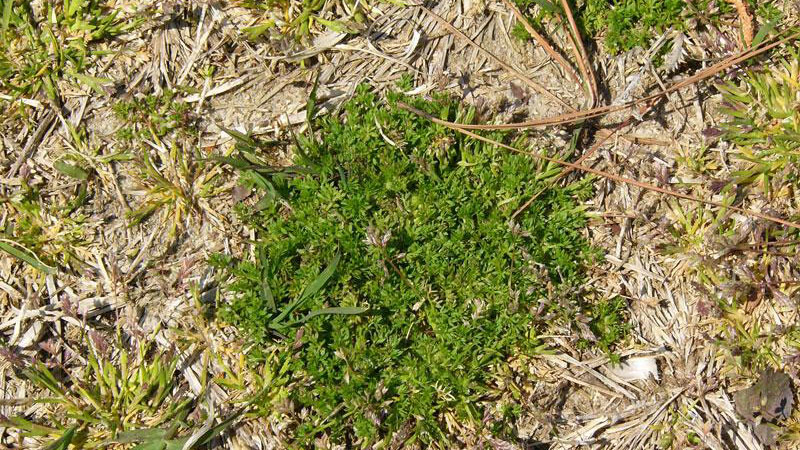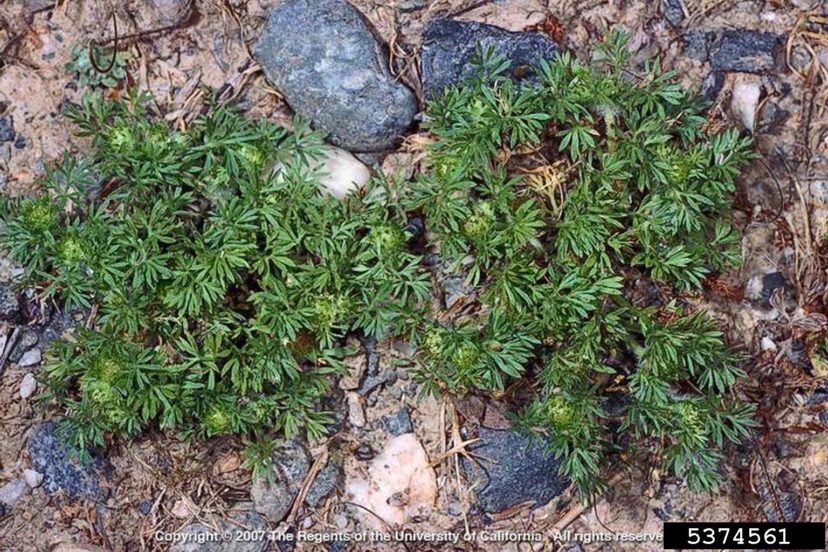Just Tripp hits the nail on the head; it’s all about knowing soil temps
A handy reference is the NCSU CRONOS map - one can use it to monitor a wide array of climate factors:
(See attached screen shot) GreencastOnline.com also offers a FREE soil temp alert email system and I use it along with CRONOS for tremendous success:
https://www.greencastonline.com/login/signup.aspx#soil-temperature
@kcult , rule of thumb in our household is product has to be rained in AND THEN ground dry before our 20-lb Jack Russell mix is allowed on the lawn, after I’ve applied a herbicide or fungicide. Even then the wife has been known to wipe his feet off with a wet old washcloth after being on the grass - depending on when and what my last application was (herbicide or fungicide, etc.)
What kind of grass is growing in your yard? Cool season turf species or wam season grass? Fescue? Bermuda?
Can you post a couple photos of the plant in question? I ask as knowing precisely which spined broadleaf weed you are dealing with is the first and necessary step in successful (and effective and Economical) and lasting eradication …
Depending upon which species of plant you’re dealing with:
DO NOT be discouraged if you find you will need more than one application of pre-emergent (millions of years of evolution have not been wasted and some weeds call for maximum label rates of app. as well as sequential treatments)
DO be ready to consider a 3 app attack for at least one (not likely but, possibly two years). I.e., 3 months from now (February 15th) Prodiamine, 4 months after that Diothipyr, then pendimethalin (as mentioned upthread, it is better to err on the side of being early rather than late when estimating when to apply pre-emergents; I.e., the old wives tale about waiting “til one sees forsythia blooms“ to put down pre-emergent to prevent crabgrass has been proven - by a NCSU researcher no less - to now be a failure path (in Mid-Atlantic and especially South / South East a target date of Valentine’s Day is many, many more times effective). The research confirmed that crabgrass has long now developed resistance to pre-emergents applied when soil temps are where they used to work in the 60’s and 70’s.
At the very least, AVOID using any product more than 2x in a row - plant and especially weed resistance to herbicides is very much a real thing.
DO consider using “per app” max rates without exceeding “per year” max rates (switching up active ingredients helps here as well as getting around any individual species tendency toward resistance)
If your budget will allow it, consider also any pre-emergent also containing Sulfentrazone. It has post-emergent properties as well, also as mentioned upthread …
Best of success!
.













